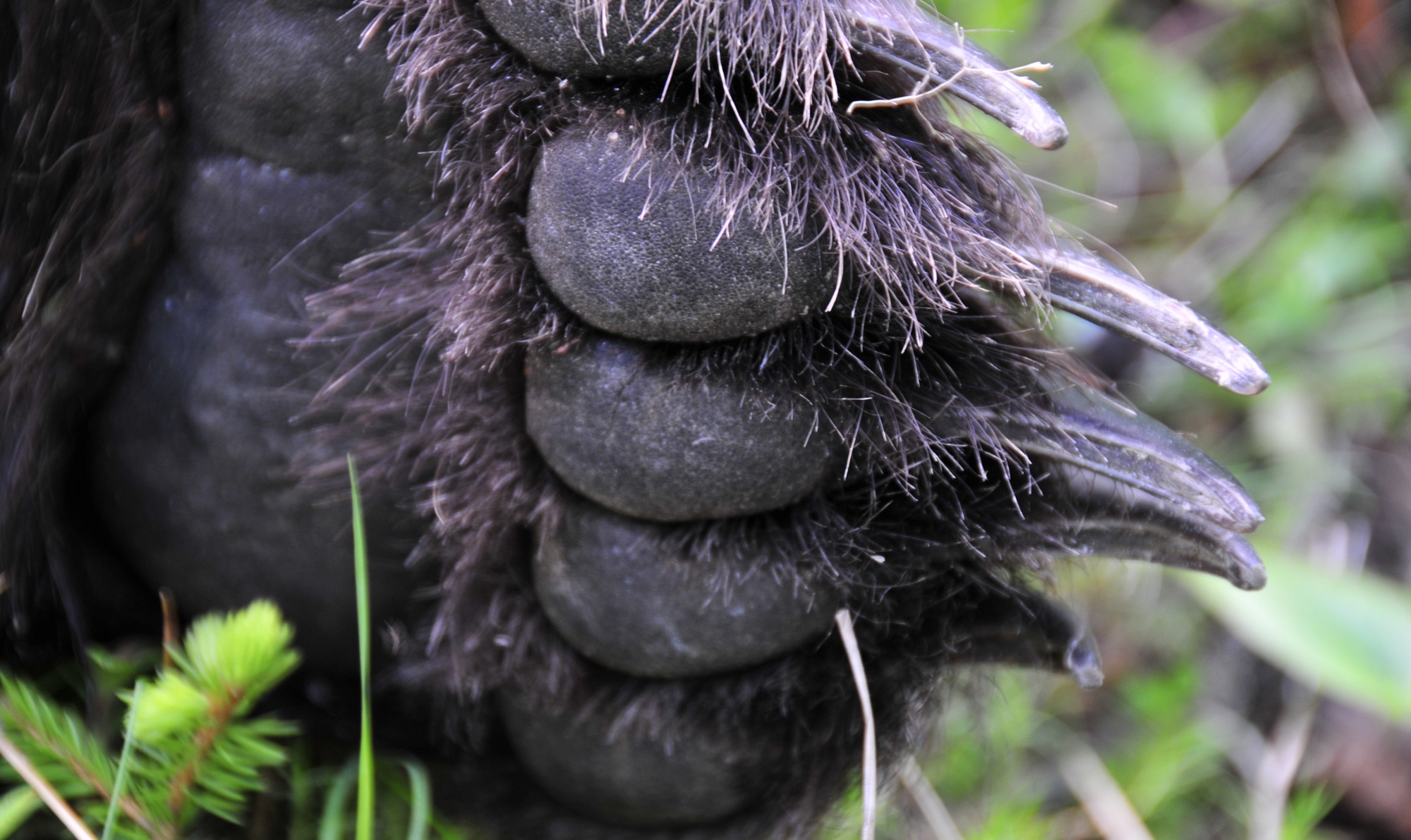

Sitting for too long is harmful to your health—even if you don’t feel it at the moment, your body will remember. Staying motionless for at least four hours has been linked to an increased risk of blood clotting in humans.
But there are some exceptions. People with permanent paralysis don’t show an elevated risk for blood clotting while those who are temporarily immobile—like being stuck in a hospital bed or in a cramped airplane seat—are more susceptible to clot formation.
A new study published today in the journal Science probes this blood-circulation question in brown bears, a species known to withdraw in their dens for five to eight months out of the year and emerge clot-free. Hibernating bears avoided blood clots by reducing a protein in their body that triggers the blood clotting process. Humans also have this protein, it turns out, and can regulate it under certain circumstances.
[Related: Scientists stuck grizzly bears on treadmills and confirmed they hate hills as much as we do]
“I would have never thought to go to bears, but it’s an excellent idea to turn to nature for studying human biology,” says Mirta Schattner, the director of the Instituto de Medicina Experimental del CONICET in Argentina who wrote an accompanying perspective piece on the study, but wasn’t involved in the research.
An international team led by scientists from Ludwig-Maximilians-University of Munich ran tests on brown bears and people who have long-term mobility issues to compare anti-clotting strategies. They collected blood samples from 13 free-ranging brown bears during hibernation and again when they were awake during spring. When analyzing the contents of the blood samples, the authors noticed hibernating bears showed more signs of an anti-clotting mechanism. It worked by lowering several protein levels, including heat shock protein 47 (HSP47), which regulates immune responses. Reducing HSP47 tamps down inflammation that would have otherwise started the process of blood clotting.

To see if chronically immobilized humans have a similarly helpful reaction, the authors extracted blood from 23 people with spinal cord injuries and compared it to the blood of 23 able-bodied adults. Just like with the hibernating bears, people with spinal cord injuries showed a decrease in HSP47 levels and fewer clumped platelets that form clots.
The similar process in bears and humans suggests prolonged immobility is the trigger that switches on the anti-clotting strategy. In situations where you might be bedridden for only a couple of days, Schattner says the inflammatory proteins are more powerful than this protective mechanism. “It would be interesting to know if it’s worth blocking the clotting mechanism in patients with acute immobilization,” she theorizes. “It’s a new pharmacological target to access.”
[Related: Heart disease-related deaths rise in extreme heat and extreme cold]
Anti-clotting mechanisms are one of many adaptations biologists can study from bear hibernation. The ursine body has developed different tactics to remain dormant throughout the winter without waking up to a horde of health problems. For example, bears use their fat to break down energy without reducing their muscle mass. They also limited the renewal of damaged bone cells to prevent osteoporosis in their sleep. Another feature includes changing biological processes like heart rate when entering hibernation. Studying how bears lower their heart rate for months at a time could help doctors better understand the mechanisms that drive cardiac diseases in humans.

But the opportunity to look at these body-regulating strategies might be short-lived. Warmer temperatures and shorter winters from climate change are affecting bear hibernation patterns, says Heather Johnson, a wildlife biologist for the United States Geological Survey Alaska Science Center who was not involved in the study. “We’re seeing that bears are hibernating for a shorter period and having longer active periods.” The warmer winters signal to bears that there is less of a need to sleep when the conditions are fine to go foraging for food.
There have also been a few anecdotal observations of bears not needing to hibernate at all, for example, because they have access to human food all winter. Johnson says that while it’s too soon to predict how climate change will affect bear survival, we are already seeing indirect effects by having more bears awake during open hunting season and getting into more conflicts with humans. As bears adjust to the changing climate, there’s no telling how their bodies will adapt. The anti-blood-clotting mechanisms they have today may be gone tomorrow—a disadvantage for the animals and a loss for potential thrombosis treatments.
